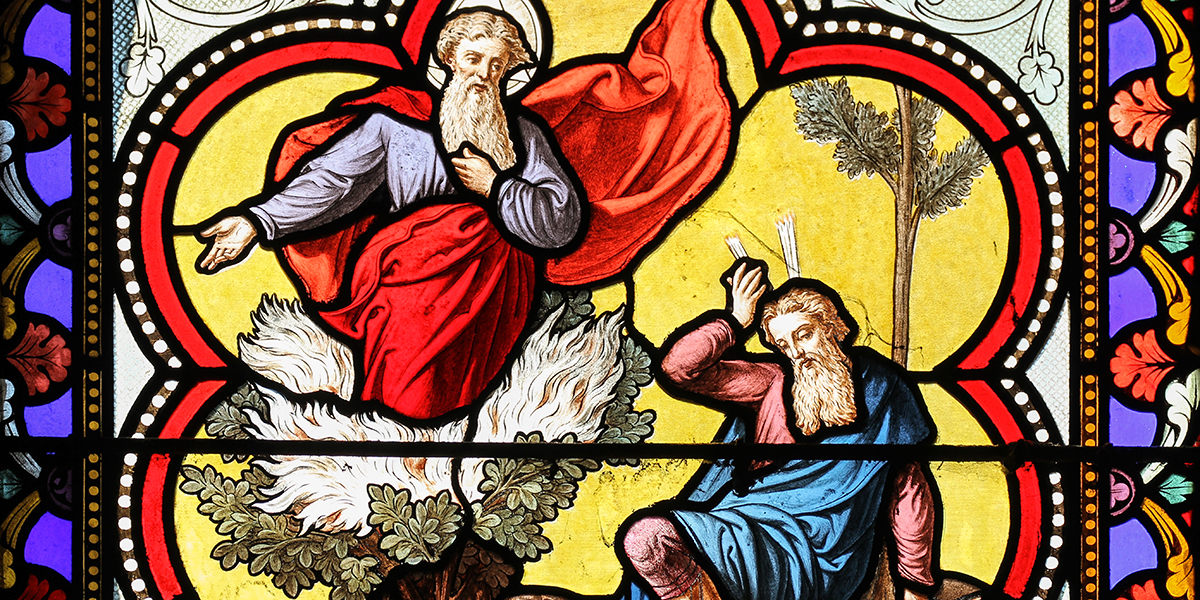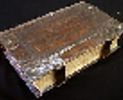
O Adonai
The O Antiphons, also known as The great Os are Magnificat antiphons. Each of the last 7 days of Advent we look at one of the names of Jesus and one of his attributes written about in the Bible. Each one is sung as an opening followed by Mary's Song the Magnificant, taken from her speech when she met her Aunt Elizabeth after the visit of the Angel Gabriel.
They are a very old tradition dating back to the very early church. For Centuries Canonical hours have marked the divisions of the day in terms of periods of fixed prayer at regular intervals, like we have here on Prayer 7’s. The prayer books that they used for this back in medieval times have recorded the 7 (there's that number) O Antiphons and some others in some cases. So this entire website is really a modern version of a very old tradition. The O Antiphons are traditionally sung or recited at Vespers and as Allelua verses in the Roman Catholic Mass.
O Adonai
Today’s Antiphon is O Adonai (O Lord). This is a title for God used a great deal by the Jews. I like using it, it is so close to our English word "Adore" that I tend to think of it as O Adored Lord, which fits. Lord here indicates the Ruler and Judge who Reigns over us. In English the Antiphon is:
O Adonai, and leader of the House of Israel,
who appeared to Moses in the fire of the burning bush
and gave him the law on Sinai:
Come and redeem us with an outstretched arm.
Our Old Testament reading today looks at the coming Messiah as being the righteous branch of King David, which is why the genealogy of Jesus was given twice in the New Testament showing that indeed he was a descendant of King David. Today we read Matthew’s version of the birth of Jesus.

 Welcome
Welcome Calendar
Calendar Today's Word
Today's Word Lauds
Lauds Terce
Terce Sext
Sext None
None Vespers
Vespers Compline
Compline Matins
Matins
